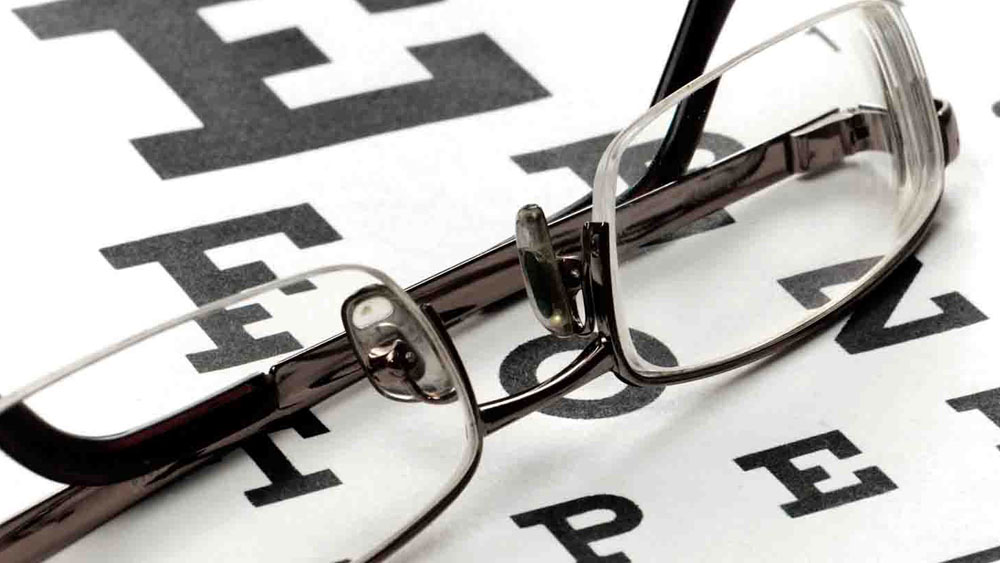
Many people suffering from sight defects wish to be able to see well without their “optical crutches”. For many decades, glasses and contact lenses were the only means to compensate sight defects but, for some years now, there is a new possibility besides these instruments to correct impaired vision: the so-called Refractive Surgery. It is the surgical correction of short or farsightedness or astigmatism. The aim of this operation is to change the eye’s power of interception in a way that seeing properly without glasses or contact lenses becomes possible again. The correction of sight defects is done at the cornea or, inside the eye, at the lens.
There are four different kinds of sight defects.
- Shortsightedness ( Myopia )
- Farsightedness ( Hyperopia )
- Astigmatism ( Astigmatisms )
- Old age sight defects ( Presbyopia )
The short-sighted person sees well nearby, but badly at a distance. The cause of this interception fault is either a too long eyeball or a too great power of interception of the cornea. The focus of the image isn’t exactly on the retina but in front of it. The afflicted squeezes his eyes when looking into the distance. He meets acquaintances without recognizing them. Shortsightedness is mostly corrected by a dispersive lens (glasses or contact lenses).
The far-sighted person has either a too short eyeball or not enough interception power of the cornea. The focus of images lies behind the retina. If he still sees focussed at close range, then only with great effort. This often leads to headaches and fatigue, usually in the evening or after work. Far-sightedness is corrected by a corrective lens. Often the curve of the cornea is cause of unfocussed vision. Its surface is not, as it is supposed to, ball-shaped, but egg-shaped. Horizontal, vertical or diagonal lines cannot be seen clearly.
Astigmatism can be corrected by special lenses whose curvature balance the cornea’s curve.
Old age sight defects is a natural development of vision, which occurs for everybody from the fourth decade onwards.The eye’s lens loses its elasticity, which reduces its ability to adapt to different distances. This is corrected by reading glasses, bifocal or multi-focal glasses. The latter give the ability to see focused in medium distances as well. Nowadays one can obtain multi-focal glasses at the ophthalmic optician’s. These are always individually adapted, but there are restrictions which the opthalmic optician has to observe. Unfortunately even in our age of progress people who have an astigmatism of more than one diopter and at the same time suffer from old age sight defects still cannot be helped as efficiently as desired.
– UNFOCUSED VISION AND ITS TREATMENT.
In general corrections of sight defects are done by changing the eye’s power of interception. The focus of the incoming light beams is corrected so that it lies again on the retina. Glasses are placed in front of the eye as an additional lens. Contact lenses swim on the cornea. In the surgical correction the eye’s power of interception is changed. The surgeon can do that by working on the cornea’s curvature or by changing the lens power of interception so, that the light beams give a focused image onto the retina. These surgical methods are known as REFRACTIVE CORNEA OR LENS SURGERY. If you have any further questions I, Georg Seidel, ophthalmic optician, am at your disposal.
Furthermore I highly recommend the optometrist here in Sta. Eulalia, Mrs. Petra Rohde, because foresight is better than hindsight.


 Español
Español Deutsch
Deutsch